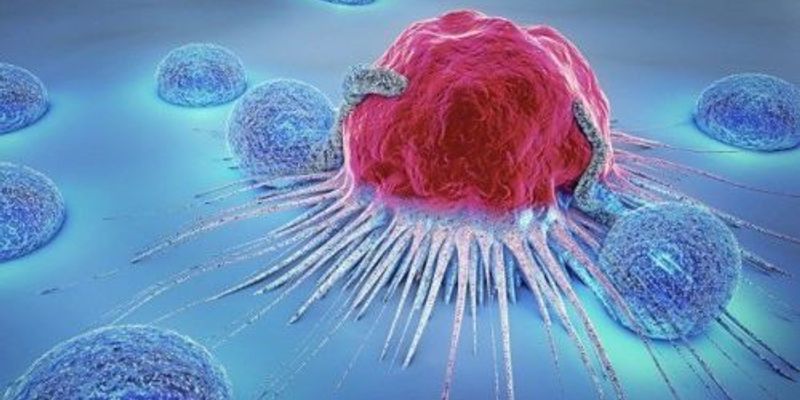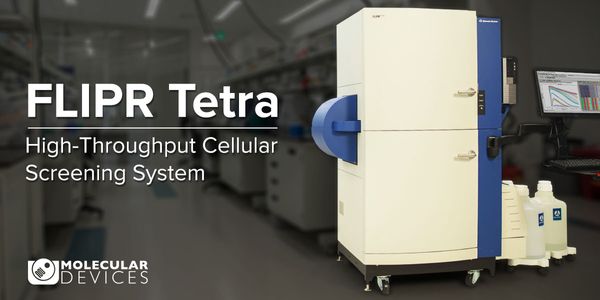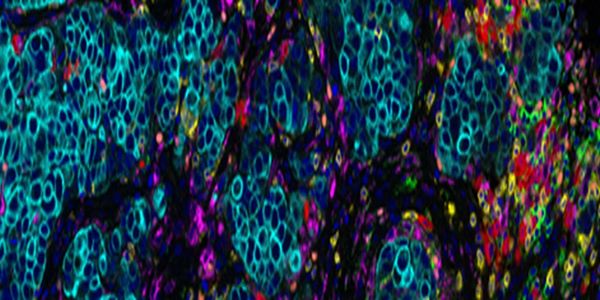Cancer
Cancer: is a disease in which abnormal cells divide uncontrollably and destroy body tissue. Cancerous tumors are malignant, which means they can spread into, or invade, nearby tissues.
-
NOV 01, 2018 | 12:00 AMIntegrated protocols and live-cell analysis solutions for different 3D tumor modelsIn the search for greater clinical translation, cancer researchers are increasingly turning to more comp...NOV 01, 2018 | 12:00 AMDuring this webcast Dr. Mayumi Fujita of the National Institutes for Quantum and Radiological Science and Technology in Japan will address the method of real-time imaging of invading cells us...OCT 30, 2018 | 10:00 AMDATE: October 30, 2018TIME: 10:00am PT, 1:00pm ET Identification and quantification of post-translational modifications (PTM) presents a unique challenge to proteomic studies...OCT 30, 2018 | 9:00 AMDATE: October 30, 2018TIME: 9:00AM PSTMass spectrometry-based proteomics is a rapidly growing area of research that provides useful information for many fields including basi...Speaker: Sandra Spencer - Ph.D. Analytical Chemistry, BS Chemistry, minor Mathematics, BS Biochemistry, minor SpanishOCT 25, 2018 | 8:00 AMDATE: October 25, 2018TIME: 08:00am PDT, 11:00am EDT While the significance of the microbiome is unprecedented, a thorough study to dissect the role of individual popul...OCT 23, 2018 | 10:00 AMDATE: October 23, 2018TIME: 10:00am PDT, 1:00pm EDT Next-generation genomic sequencing is transforming what is known about pediatric cancer and how we treat patients. But eve...OCT 23, 2018 | 9:00 AMDATE: October 23, 2018TIME: 9:00AM PDTIxodes scapularis is the principal vector of the Lyme disease spirochete, Borrelia burgdorferi. I. scapularis genome was the first and only...OCT 23, 2018 | 7:00 AMDATE: October 23, 2018TIME: 7:00AM PDTHigh Throughput Screening for the European Lead Factory (ELF) has been performed at Pivot Park Screening Centre (PPSC). 72 HTS campaigns have...As the most common female malignancy, breast cancer is the most likely reason that a woman will die of cancer around the world. Breast cancer mortality has dropped in the U.S. by 35% since 19...Speaker: Benjamin Anderson, MD
Recent work has identified epigenomic features of distal regulatory elements to be dynamic and defining indicators of cellular specification and transformation. Of particular relevance is our...
Speaker:
Martin Hirst, PhD
Lung cancer is the leading cause of cancer-related mortality worldwide. Large-scale sequencing studies have revealed the complex genomic landscape of NSCLC and genomic differences between lun...
Speaker:
Nicholas McGranahan, PhD
Although targeted therapies often elicit profound initial patient responses, these effects are transient due to residual disease leading to acquired resistance. How tumors transition between...
Two projects looking at novel approaches to targeting inflammatory breast cancer will be presented. Inflammatory breast cancer (IBC) is a unique, understudied, and most lethal subtype account...
Speaker:
Kevin Williams, PhD
Antibodies are extremely valuable and ubiquitous tools in life science research, but in spite of their widespread use in immunoassays over the past several decades, there is still a lack of u...
Speaker:
Chandra Mohan, PhD
The oncogenic transcription factor c-MYC (MYC) is deregulated, and often overexpressed, in more than 50% of cancers. MYC deregulation is associated with poor prognosis and aggressive disease,...
Speaker:
Jason De Melo, PhD
In the last two decades, large amount of next-generation sequencing (NGS) and -omics data has been generated in the field of immuno-oncology. Generating hypotheses by analyzing hundreds if no...
Speaker:
Devendra Mistry, PhD
























